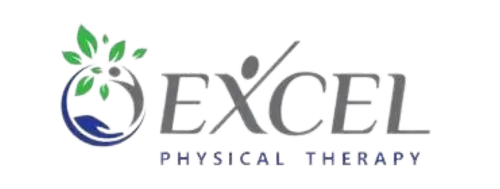- Our review confirms previous reviews’ broad findings that acute low-back pain can be treated in a way that is beneficial at first. There is a significant reduction in disability and mean pain in the first six weeks. After six weeks, the improvement slows down and there are only minor reductions in disability and mean pain for up to one year. Patients can expect to experience minimal or no disability within one year of acute low-back pain.
Article Link - Spontaneous regression can occur in herniated disc tissue, but can be resolved by conservative treatment. Patients with disc extrusion or sequestration were more likely to experience spontaneous regression than those with protruding or bulging discs. Complete regression rates for disc sequestration were significantly higher than those for disc extrusion.
Article Link - Asymptomatic people are more likely to have spine degeneration imaging findings. This proportion increases with age. Many imaging-based degenerative features that are not associated with pain and normal aging are likely to be part of normal aging. These imaging findings should be understood in context of the patient’s clinical condition.
Article Link - Patients who received PT soon after experiencing acute low back pain have shown a decrease in their need for medical services. This is evident from the large number of patients in our study. It is evident that PT utilization in patients treated by generalists, surgeons and other specialists varies across medical specialties. This suggests that treatment practices should be modified to target those who may be underusing PT in this setting.
Article Link - The average wait time for a new patient appointment is 24 days in 15 major U.S. cities. This is up from 18.5 days back in 2014.
Article Link - 753,450 eligible patients who had a primary care visit to receive LBP between 18 and 60 years old were eligible. 16.3% (n=122,723) patients used physical therapy. 24.0% (n=17175) of patients received early physical therapy that was consistent with recommendations for active treatment. Referring to physical therapy early and adhering to the guideline guidelines was associated with lower utilization of all outcomes and 60% less total LBP-related expenses.
Article Link - Advanced imaging recipients had higher chances of all outcomes in the propensity-matched study (n = 406). Advanced imaging was associated with higher charges by $4,793 on average (95 percent CI, $3,676, $5.910). Conclusions: Advanced imaging was associated with higher charges and health care utilization for patients with LBP who were referred by primary care to advanced imaging.
Article Link


